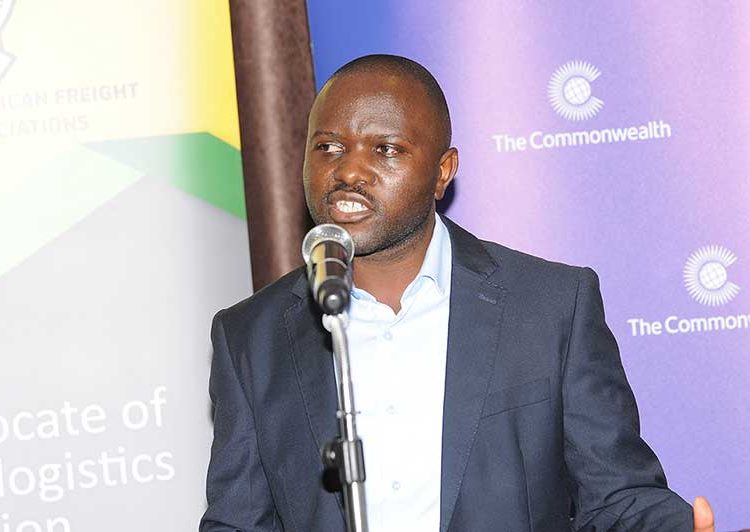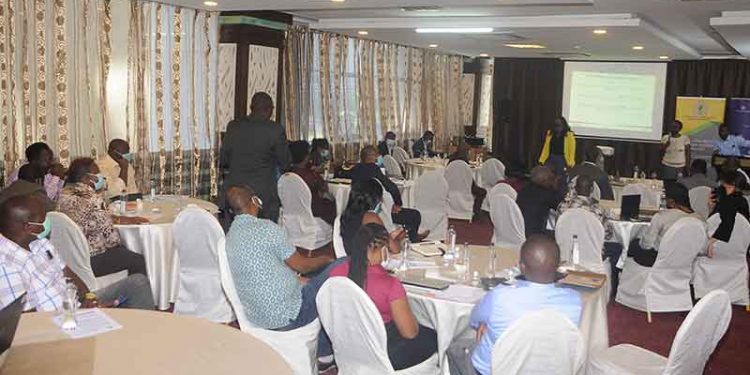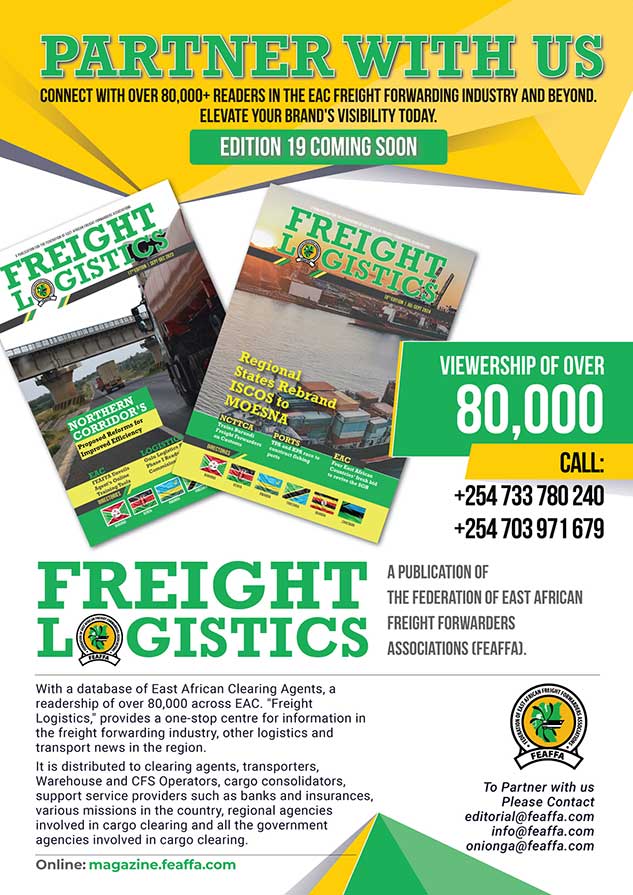Rwanda and Uganda lead in accrediting regional Authorized Economic Operators (AEO) to allow seamless movement of cargo across the borders as the industry players blame low uptake on the program’s rigorous application process and lack of awareness.
The EAC regional Authorized Economic Operator (AEO) program was conceived by the Commissioners of Customs of the East African (EAC) countries of Burundi, Kenya, Rwanda, Tanzania, and Uganda in 2006 after the adoption of the World Customs Organization (WCO) SAFE Framework of Standards (WCO) in 2005.
The decision was prompted by the consideration that since the AEO program is about trade facilitation and the security of the supply chain, traders and customs stood to gain more if the whole supply chain within the region was covered under one program.
AEO programme, which is also given by individual states is given to all the players involved in cargo handling. Successful applicants are considered low-risk companies and can therefore be trusted by Customs. Customs handle the consignments of such companies with less control compared to others.
Since 2015 when the first regional AEO was launched, only 142 companies have been accredited. Rwanda leads the pack having accredited 60 companies, 48 being importers and exporters and the rest being customs brokers.
Uganda has accredited a total of 32 companies 20 of which are importers and exporters, and the rest are custom brokers. Kenya and Burundi have 19 regional AEO holders each while Tanzania has accredited only 4 companies.
Lack of awareness in all the East African countries takes the lion’s share of the blame for the low uptake according to the Federation of East African Freight Forwarders Associations (FEAFFA) report that was supported by the Commonwealth Secretariat last year.

“There is a lack of adequate sensitization leading to inadequate fulfilment of the accruing benefits. Limited awareness has also resulted in fewer operators applying for authorization,” the report notes.
Regional AEO holders enjoy a waiver of the Electronic Cargo Tracking System (ECTS); expandable payment of refund claims; reduced customs security and guaranteed renewal of customs licenses. Other benefits include priority in cargo clearance and waiver of movement bond.
Uganda and Rwanda have rolled out awareness plans for the sustainability of the scheme, hence relatively good uptake. In Rwanda, FEAFFA reports notes; there exists a Technical Working Group composed of AEOs’ representatives and Government Regulatory Agencies.
The Uganda Revenue Authority (URA) engages stakeholders regularly and carries out mapping exercises to identify potential clients and their needs.
In other countries, the efforts to create awareness are not elaborate, according to the FEAFFA report. In Kenya, for instance, awareness is not deliberately planned for. Instead, Taxpayer Services Sections undertakes the initiatives of sensitizing the taxpayers on the various tax Programmes in the country. In Tanzania, there was outright acceptance of the failure to raise awareness of the scheme deliberately.
“Despite being in existence for over 10 years, the uptake remains too low to positively impact trade. Besides, of the current AEOs, only a handful are small traders. This means that the benefits of the programme are being enjoyed by only large and more established operators,” Mr. Edward Urio, the Vice President of the Federation of East African Freight Forwarders Associations (FEAFFA), said at a recent awareness meeting organized by FEAFFA in Nairobi.
There is also a clear lack of motivation. The application process is very complex and the AEO programme is not recognized by other Partner Government Agencies (PGAs) save for customs and Bureau of Standards, according to Roy Mwanthi, Kenya International and Warehousing Association (KIFWA) Chairman.
The procedure of the application is rigorous. Applicants need some pre-training prior to completing the forms and submission. In Rwanda and Uganda economic operators are regularly taken through workshops where they are taken through the process of application.
They are thus able to do the self-readiness assessments and determine if they are ready to carry on with the process. Those taken through the readiness assessment who opt to proceed have shown success rates of about 65% after a waiting period of 2 months to 2 years.
AEO is not anchored on law, which also affects its uptake. This has led to a lack of recognition by the customs acts of all the EAC member states. In the absence of legal provisions, the benefits of the scheme are granted administratively with no legal recourse for the operators.
“It will be important for the EAC Customs Management Act to categorically acknowledge the AEO scheme and the inherent benefits. In addition, legislation to be enacted to establish self-regulation for the operators,” one of the raft recommendations reports offers said.
A culture of suspicion between customs and the private sector has also contributed to low awareness. Lack of trust was mentioned where the private sector is apprehensive of the customs officers, and they, in turn, suspect the private sector of underreporting their cargo.





